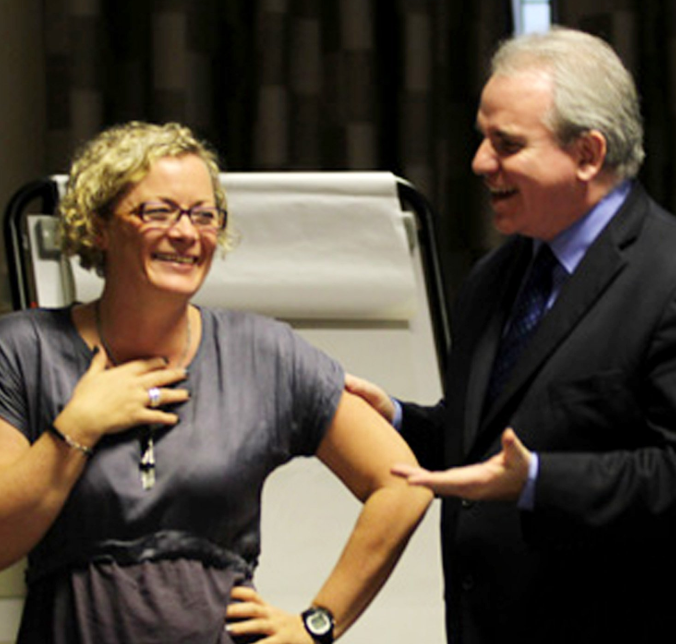Cold Reading Examples: How They Work and Why They Impress
Cold Reading Examples: How They Work and Why They Impress
If you’ve ever seen a psychic, fortune teller, or entertainer seem to know personal details about a stranger, you’ve witnessed cold reading in action. The best way to understand this fascinating skill is to look at cold reading examples. These examples reveal how simple phrases and clever techniques can create the illusion of deep insight.
In this post, we’ll explore classic cold reading examples, why they work, and how they are used in entertainment, business, and everyday life.
What Is Cold Reading?
Before diving into cold reading examples, it’s important to define the term. Cold reading is the art of giving the impression that you know specific information about someone without having prior knowledge. It combines general statements, high-probability guesses, and psychological cues.
By looking at real cold reading examples, you’ll see that the method relies on human psychology people naturally interpret vague statements as highly personal.
Classic Cold Reading Examples
Here are some of the most common and effective cold reading examples:
Barnum Statement
“You want people to like you, but you also value your independence.”
This is one of the most famous cold reading examples, because it applies to nearly everyone.Rainbow Ruse
“You can be confident in some situations, yet reserved in others.”
This technique gives someone credit for opposite traits, making it one of the most reliable cold reading examples.Jacques Statement
“People often don’t realise how much you have to offer until they get to know you better.”
This is another powerful entry in cold reading examples, as it reflects a common human experience.High-Probability Guess
“I sense a recent change in your career, or at least you’ve been thinking about one.”
These cold reading examples work because career concerns are extremely common.Greener Grass Statement
“You sometimes wonder if you’d be happier making a big change in life.”
This resonates universally, making it a staple of cold reading examples.
Why Cold Reading Examples Work
The reason cold reading examples are so effective lies in psychology. People remember the “hits” but overlook the “misses.” They also personalise vague statements, fitting them into their own lives.
For instance, if told, “You’ve been thinking about a decision,” almost anyone will find a recent situation that makes the statement feel accurate.
Cold Reading Examples in Entertainment
Entertainers often use cold reading examples to impress audiences. Magicians and performers rely on these statements to simulate mind reading. Because the cold reading examples work on nearly everyone, the performance feels personal and powerful.
Cold Reading Examples in Business and Life
It’s not just entertainers who use these methods. Professionals in sales, negotiation, and leadership often apply cold reading examples to build rapport. For instance:
A salesperson might say, “You strike me as someone who values efficiency but doesn’t like being rushed.”
A manager might remark, “You’re someone who works hard, but you don’t always get the recognition you deserve.”
These are everyday cold reading examples that help people feel understood.
Practising Cold Reading Examples
If you want to try for yourself, use these simple cold reading examples in conversation:
“You don’t always show how much you care, but it’s there.”
“You’re the kind of person who notices details others miss.”
Pay attention to how people respond you’ll quickly see the power of these techniques.
Cold reading examples show how language and psychology create the impression of insight. From Barnum statements to Rainbow Ruses, these techniques resonate with nearly everyone.
Used ethically, cold reading examples are not about deception, but about connection. Whether in entertainment, business, or everyday conversations, they demonstrate the power of words to make people feel understood.





